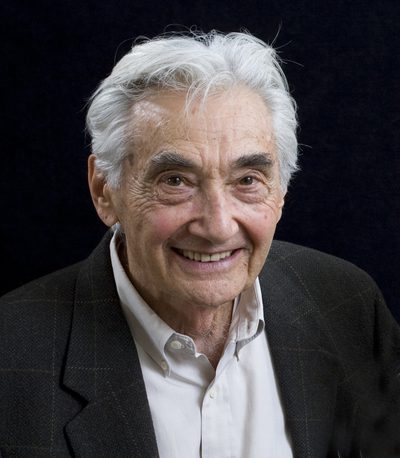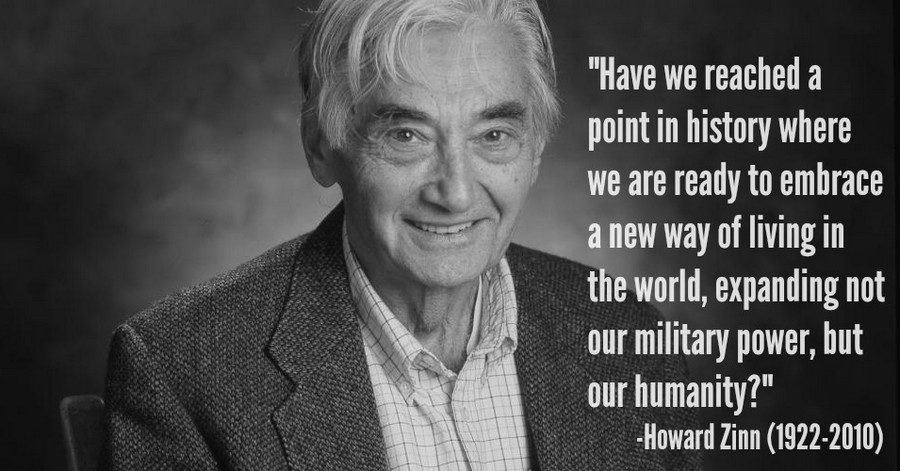
By Dr. Howard Zinn, A People’s History of the United States, Chapter Sixteen — A People’s War?
For the United States to step forward as a defender of helpless countries matched its image in American high school history textbooks, but not its record in world affairs. It had opposed the Haitian revolution for independence from France at the start of the nineteenth century. It had instigated a war with Mexico
and taken half of that country. It had pretended to help Cuba win freedom from Spain, and then planted itself in Cuba with a military base, investments, and rights of intervention. It had seized Hawaii, Puerto Rico, Guam, and fought a brutal war to subjugate the Filipinos. It had “opened” Japan to its trade with
gunboats and threats. It had declared an Open Door Policy in China as a means of assuring that the United States would have opportunities equal to other imperial powers in exploiting China. It had sent troops to Peking with other nations, to assert Western supremacy in China, and kept them there for over
thirty years.
While demanding an Open Door in China, it had insisted (with the Monroe Doctrine and many military interventions) on a Closed Door in Latin America—that is, closed to everyone but the United States. It had engineered a revolution against Colombia and created the “independent” state of Panama in
order to build and control the Canal. It sent five thousand marines to Nicaragua in 1926 to counter a revolution, and kept a force there for seven years. It intervened in the Dominican Republic for the fourth time in 1916 and kept troops there for eight years. It intervened for the second time in Haiti in 1915
and kept troops there for nineteen years. Between 1900 and 1933, the United States intervened in Cuba four times, in Nicaragua twice, in Panama six times, in Guatemala once, in Honduras seven times. By 1924 the finances of half of the twenty Latin American states were being directed to some extent by the
United States. By 1935, over half of U.S. steel and cotton exports were being sold in Latin America.
Just before World War I ended, in 1918, an American force of seven thousand landed at Vladivostok as part of an Allied intervention in Russia, and remained until early 1920. Five thousand more troops were landed at Archangel, another Russian port, also as part of an Allied expeditionary force, and stayed for almost a year. The State Department told Congress: “All these operations were to offset effects of the Bolshevik revolution in Russia.”
In short, if the entrance of the United States into World War II was (as so many Americans believed at the time, observing the Nazi invasions) to defend the principle of nonintervention in the affairs of other countries, the nation’s record cast doubt on its ability to uphold that principle.
Bruce Gerencser, 68, lives in rural Northwest Ohio with his wife of 47 years. He and his wife have six grown children and sixteen grandchildren. Bruce pastored Evangelical churches for twenty-five years in Ohio, Texas, and Michigan. Bruce left the ministry in 2005, and in 2008 he left Christianity. Bruce is now a humanist and an atheist.
Your comments are welcome and appreciated. All first-time comments are moderated. Please read the commenting rules before commenting.
You can email Bruce via the Contact Form.

